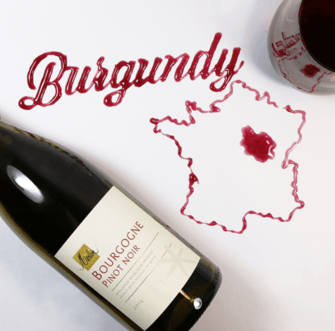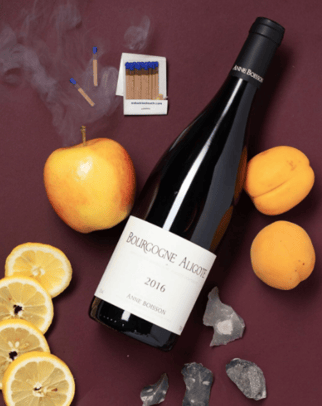Breaking Down the Biggest Myths About Burgundy

Despite being one of viticulture’s most renowned growing regions, Burgundy is also one of its most misunderstood. Beloved by sommeliers, journalists, and consumers alike, Burgundy is home to some of the world’s most delicious and terroir-driven bottles-- however, this doesn’t make it exempt from labels, stereotypes, and overall regional misconceptions. Forget what you may have heard! We’re breaking down five of the biggest myths surrounding Burgundy, here.
BROWSE BURGUNDY
Myth 1: All Wine from Burgundy is Expensive
It’s true that Burgundy puts out some of the world’s most expensive bottles of wine. However, that doesn’t mean that all that comes from the region has to break the bank. One of the key tricks to navigating Burgundy like a pro is to seek out the region’s best QPR (Quality to Price Ratio) producers. Many of these winemakers’ bottles will run you well under the three digit price mark and serve up equally stellar quality as their more expensive counterparts. For a deeper dive into our favorite QPR producers from Burgundy, click here.
 📸: Verve Wine
📸: Verve Wine
Myth 2: Burgundy is Only Home to Old/Traditional Winemakers
Burgundy is definitely home to some of viticulture’s most long-standing and traditional family lineages, but that doesn’t necessarily have to mean old and stuffy. Burgundy is brimming with some of the most dynamic and beloved young vignerons in all of France, many of whom farm responsibly, create delicious wines, and bring a breath of fresh air to the overall region. Some of our favorite up and coming young Burgundian vignerons include Chanterêves, David Duband, Etienne Sauzet, and Marc Soyard.
Myth 3: Wines from Burgundy Are Exclusively Made from Pinot Noir & Chardonnay
Wine 101 usually teaches us that White Burgundy equals Chardonnay and Red Burgundy equals Pinot Noir. While this is definitely the case 99% of the time, there are a smattering of other grapes cultivated within the region that should definitely not go unnoticed. When shopping for ‘White Burg’ becomes a little pricey, look for regional bottlings of Aligoté, Burgundy’s lesser-known white grape. Aligoté based wines are equally refreshing, often marked by notes of green apple, white flowers, and citrus -- and they’ll definitely boast a significantly lower price tag than their Chardonnay counterparts. New to Aligoté? Look to producers you already know and trust (Domaine Bachelet and Domaine de Villaine are two solid examples) if you’re nervous about venturing out. We promise you won’t regret it!
 📸: Verve Wine
📸: Verve Wine
BROWSE ALIGOTE
Myth 4: Only Still Red and White Wines Are Produced in Burgundy
Like the above myth, this rings true the majority of the time. However, Burgundy also puts out a solid sparkling wine (and rosé!) production. To us, the best scenario of all is when these two worlds collide. We currently can’t get enough of Clotilde Davenne’s Crémant de Bourgogne Rosé. Produced entirely from Pinot Noir via the méthode traditionelle, this Champagne-style sparkler ages for 18 months on its lees prior to bottling, creating a final wine noted with flavors of strawberry, white cherry, chalk, and freshly baked bread. At under $30 a pop, this wine’s an absolute steal (and for sure one of our top QPR picks!)
Myth 5: It’s Hard to Find Organic/Biodynamic Wines in Burgundy
The biggest myth of them all! Although many vineyards within the region are still conventionally farmed, there are so many producers farming their fruit under organic and/or biodynamic principles. In fact, here at Verve Wine, we generally only work wines produced from fruit cultivated in these ways, so there’s no need for you to worry when browsing our selection. As much as we value responsible farming, producing a delicious final wine is also of equal importance to us. Who says you need to compromise environmentally responsible drinking for taste? With us, you can rest assured that you’re getting the best of both worlds.


